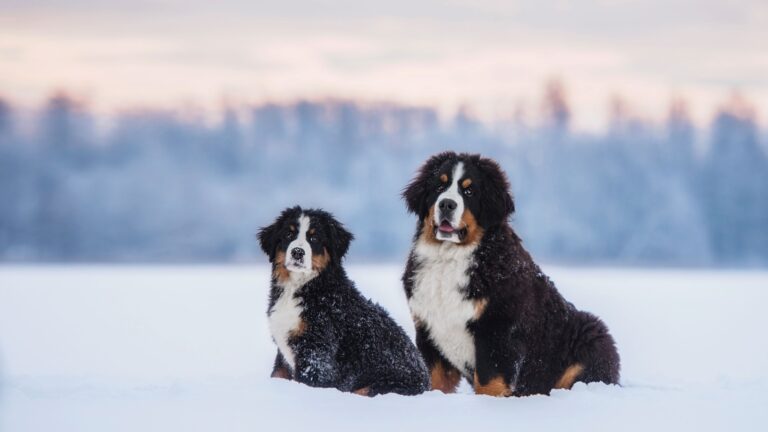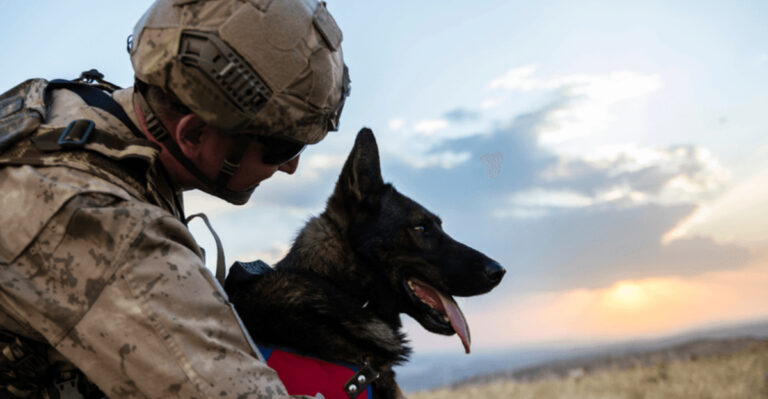Rottweiler, German Shepherd, Or Doberman: Which Is Best For Protection (And Which One Is Best For A Loving Family)

Looking for a four-legged guardian who can also be part of your family? Many folks find themselves torn between three powerful breeds known for their protective instincts.
Each comes with unique traits that might make them perfect—or problematic—for your specific situation. Before bringing home one of these impressive canines, let’s explore what makes Rottweilers, German Shepherds, and Dobermans tick.
1. Guard Dog Origins
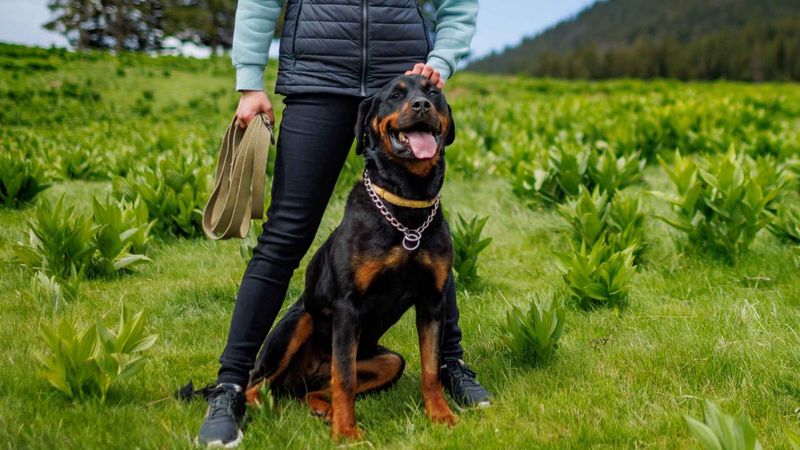
Behind every protective instinct lies centuries of purpose-bred history. Rottweilers pulled carts and guarded butchers’ money pouches. German Shepherds herded flocks and protected them from predators. Dobermans were developed by a tax collector who needed protection during his rounds.
These working backgrounds explain why all three excel at protection—they were literally born for it!
2. Intelligence Rankings
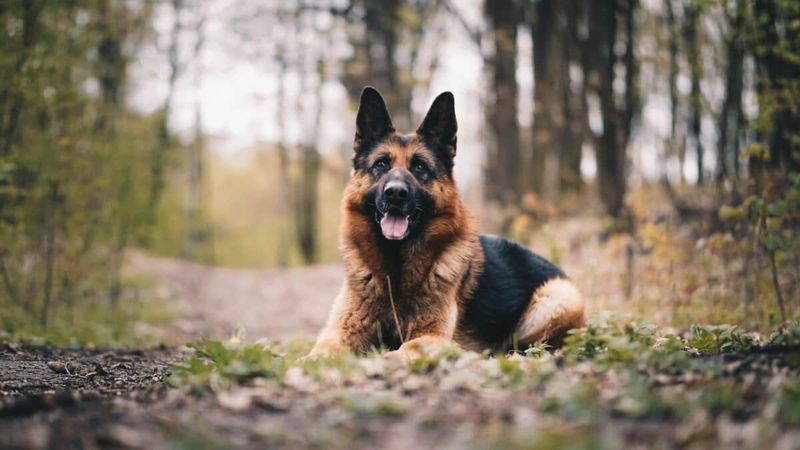
Brainpower matters when choosing a protection dog. German Shepherds consistently rank in the top three smartest dog breeds, making them incredibly trainable and adaptable to different situations.
Dobermans follow closely in the top five. Rottweilers still impress at around ninth place. All three can learn commands quickly, but Shepherds often edge out the competition in problem-solving scenarios.
3. Family Compatibility

Contrary to their tough reputation, Rottweilers often earn the nickname “velcro dogs” for their desire to stick close to family members. They typically form deep bonds with children when raised together.
German Shepherds balance protection with playfulness, making them excellent family companions. Dobermans can be more reserved with strangers but shower family with affection and loyalty.
4. Natural Protective Instincts
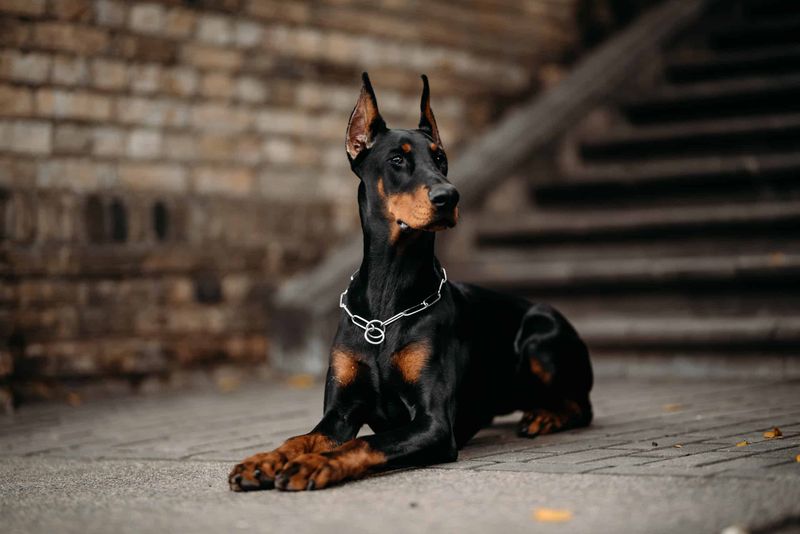
Without any special training, Dobermans often show the strongest natural alertness to potential threats. Their keen senses and quick reactions make them exceptional watchdogs right from puppyhood.
Rottweilers tend to observe first, then act decisively when needed. German Shepherds balance watchfulness with discernment, typically assessing situations before responding—a valuable trait for families seeking protection without paranoia.
5. Exercise Requirements
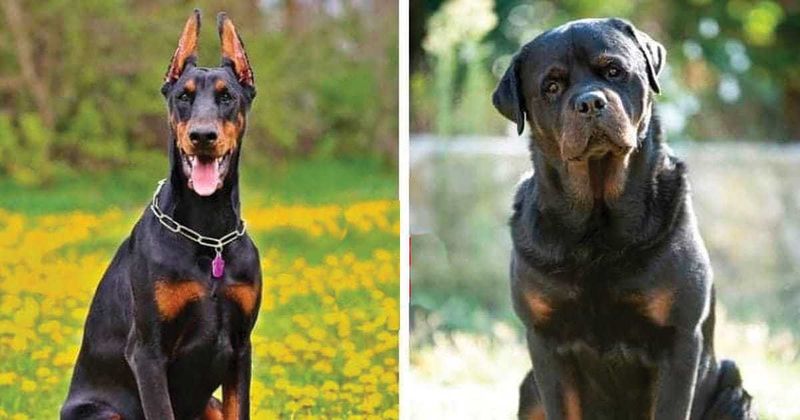
Energy levels vary significantly between these powerhouse breeds. German Shepherds need the most exercise—about 2 hours daily of walking, running, or mental stimulation to prevent destructive behaviors.
Dobermans come second, thriving with 1-2 hours of activity. Rottweilers, while still active, typically manage with slightly less physical exertion but benefit from regular structured exercise to maintain their muscular build.
6. Health Considerations

Before committing to any breed, understand their health profiles. Dobermans face concerning rates of dilated cardiomyopathy—a serious heart condition. German Shepherds commonly develop hip dysplasia, which can limit mobility later in life.
Rottweilers may face joint issues and certain cancers. All three breeds benefit from careful breeding practices and regular veterinary care to maximize their 9-11 year average lifespans.
7. Training Responsiveness
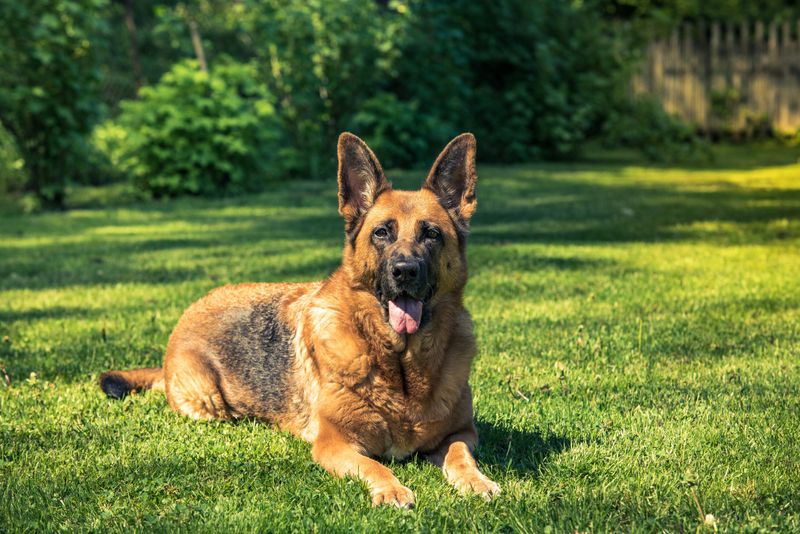
Success in training varies by breed personality. German Shepherds excel with their eager-to-please attitude and quick learning capacity. They respond exceptionally well to positive reinforcement methods.
Dobermans combine intelligence with sensitivity—harsh corrections can damage their confidence. Rottweilers bring a thoughtful, sometimes stubborn approach to learning, often needing consistent leadership and clear boundaries to reach their full potential.
8. Intimidation Factor

Sometimes appearance alone provides protection. Rottweilers lead the pack with their broad chest, powerful jaw, and substantial weight averaging 80-135 pounds. Their confident stance often deters potential threats without confrontation.
Dobermans present a sleek, athletic intimidation with their cropped ears (where legal) and alert posture. German Shepherds, while still impressive, may appear more approachable while maintaining their protective presence.
9. Apartment Living Suitability
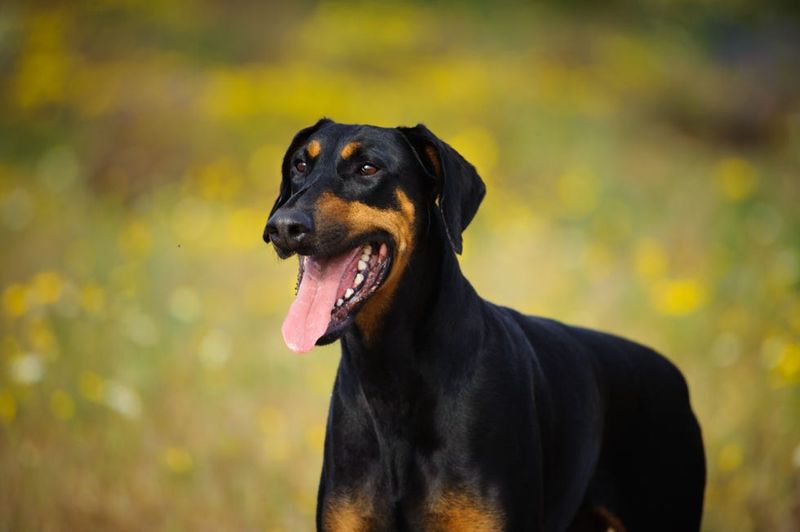
Space constraints matter when choosing a protection dog. Surprisingly, Dobermans often adapt best to apartment living despite their energy. Their short coat means less shedding, and they can adjust to indoor life with proper exercise.
Rottweilers need less exercise but take up more space physically. German Shepherds typically struggle most in apartments due to their exercise needs and notorious shedding that can quickly overwhelm smaller spaces.
10. Cost Of Ownership
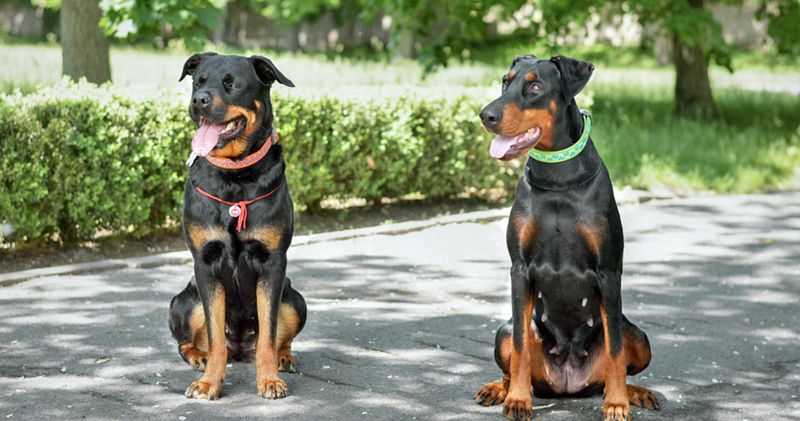
Financial planning for these breeds extends beyond the initial purchase price. German Shepherds typically cost $500-$1,500 from reputable breeders, while Dobermans and Rottweilers often range from $1,500-$2,500.
Food costs vary with size—Rottweilers consume the most. Training expenses become significant for protection work, with professional courses ranging from $500 for basic obedience to $5,000+ for specialized protection training.
11. Stranger Friendliness
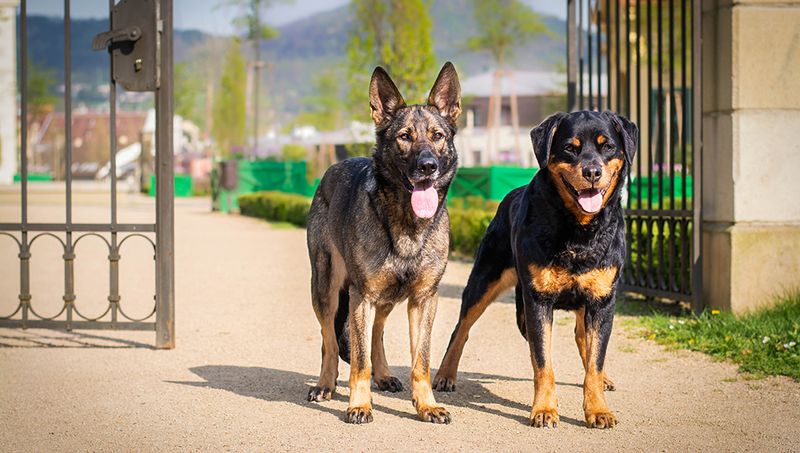
First impressions with visitors reveal key temperament differences. German Shepherds typically show the most balanced approach to strangers—alert initially but warming up after proper introductions from their owners.
Rottweilers remain more reserved, often maintaining a watchful presence. Dobermans tend toward the most naturally suspicious attitude toward newcomers, a trait that makes them excellent guardians but requires careful socialization to prevent excessive wariness.
12. Noise Level Comparison
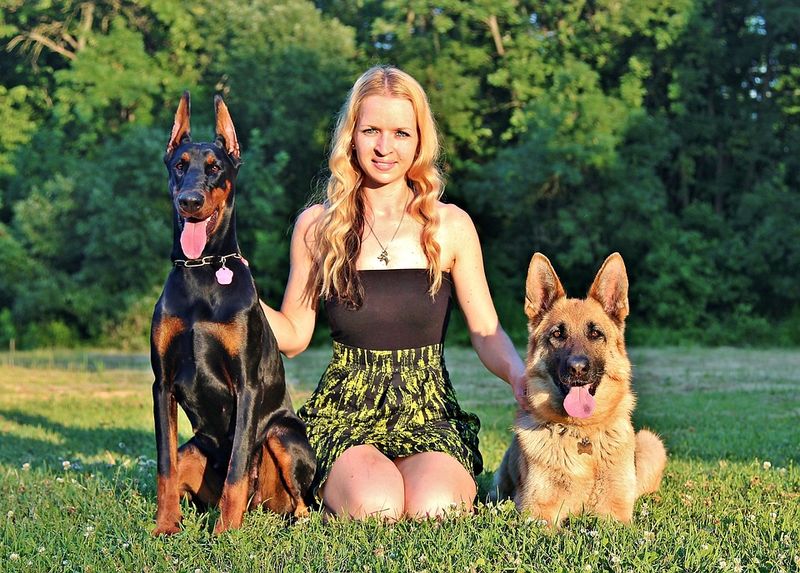
Your neighbors might influence your breed choice! German Shepherds earn the title of most vocal, with a range of barks, whines, and sometimes “talking” behaviors that express their thoughts.
Dobermans have a distinctive, penetrating bark they use selectively but effectively. Rottweilers tend to be the quietest of the three, often preferring to observe silently before vocalizing—making their occasional barks more meaningful and attention-grabbing.
13. Climate Adaptability
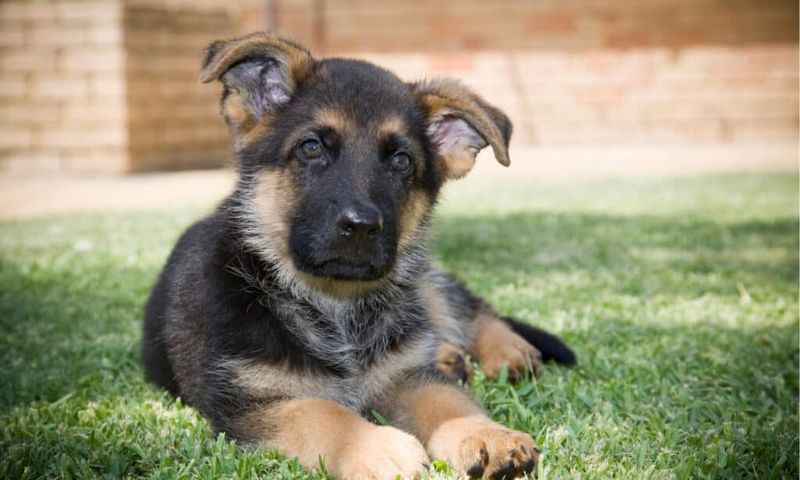
Weather extremes affect protection breeds differently. Dobermans with their short coats struggle in cold weather, often needing sweaters or coats when temperatures drop below freezing.
German Shepherds handle varied climates well with their double coat providing insulation. Rottweilers tolerate cold better than heat—their black coloring absorbs sunlight, making them prone to overheating during summer months.
14. Professional Security Choice
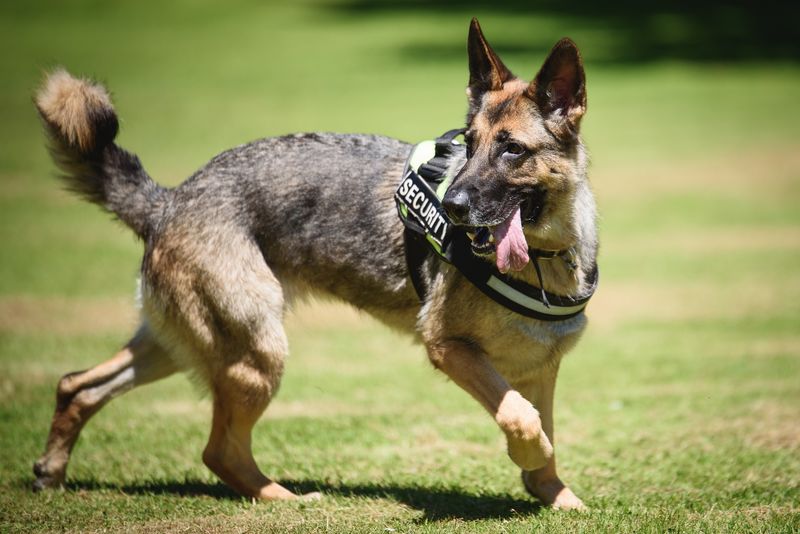
Source: Your Home Pet Care
Among security professionals, German Shepherds dominate for good reason. Their versatility allows them to excel in tracking, apprehension, and detection work while maintaining enough restraint for public settings.
Police and military organizations worldwide select them most frequently. Dobermans offer lightning-fast reactions but sometimes with less control. Rottweilers bring impressive strength but may lack the agility needed for certain security scenarios.
15. Longevity In Protection Work
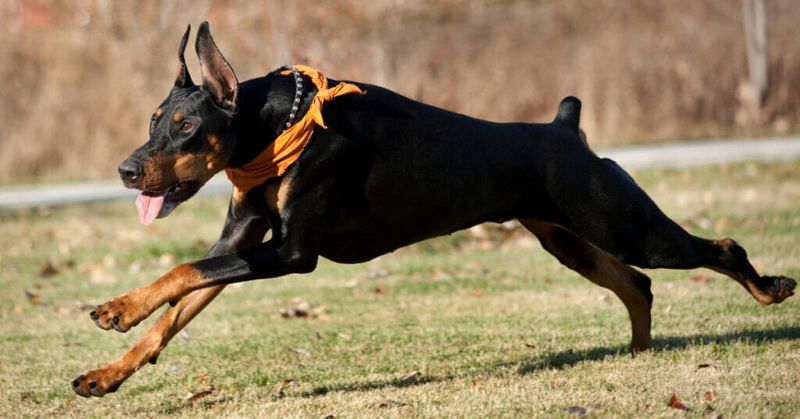
Career lifespan varies between these powerful protectors. German Shepherds typically maintain their working ability from age 2-8, though hip issues may shorten this window.
Rottweilers peak physically around ages 2-6. Dobermans often show the longest performance curve, maintaining their protective capabilities from 2-9 years when healthy. All three require gradual retirement plans as they age to respect their changing physical limitations.

